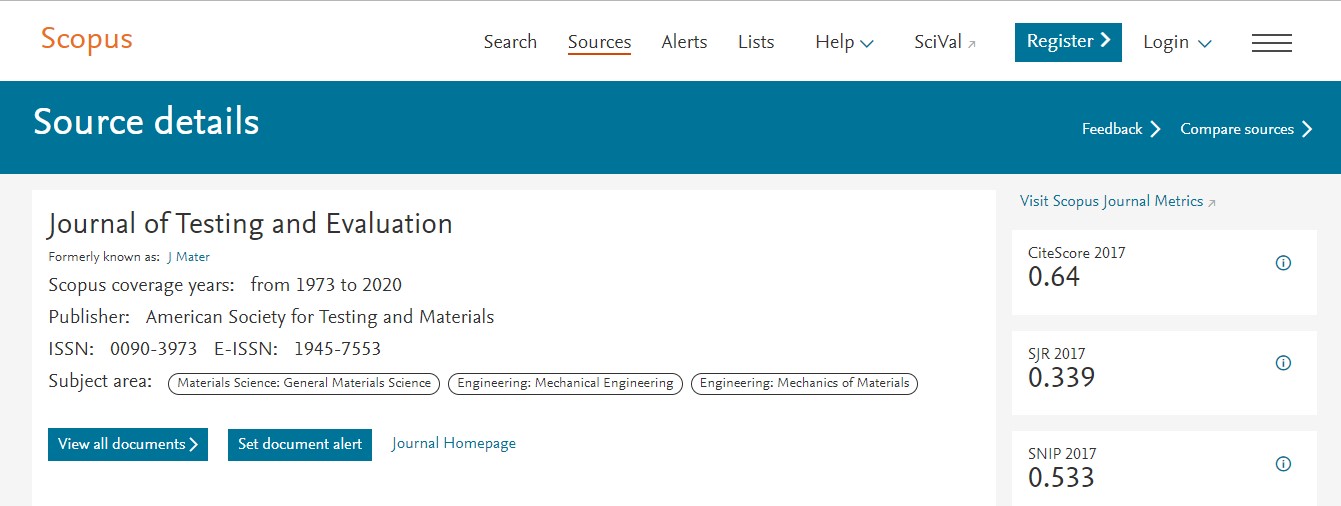What is Journal Indexing?
- Search engine optimization (SEO) is needed to let our website, blog or company website to be seen on the search engine (EG: Google, Bing or Yahoo) result page. Journal indexing has a similar concept and idea on the journal article.
- Journal must increase their visibility, availability and readership
- One of the ways is by which journals can achieve this is by getting their publication indexed by one or more leading databases.

Why is Journal Indexing Essential?
- it will increase it’s the accessibility to a wider audience
- Being accessible in turn will improve your journal’s reputation as a reliable source of high-quality information in your field
- Database research / deep web search the first activity researchers /Ph.D. students will undergo.
- Being indexed in a known database in your field will help increase your journal’s readership
How does Journal Indexing Work?
- Once a journal is indexed by a database, it is immediately made available to all users of that database
- Some databases index titles, some index full articles while some others index only the abstract and/ or references. Web of science and Scopus only give you the title, volume, issues and abstract. They do not provide the full-text pdf. ScienceDirect is like Lazada or Shopee. Science direct let users download. Web of science and Scopus provide the researcher with some basic idea.
- There are several abstracting and indexing services available today
- Some are affiliated with institutions while some are provided by publishers.
- The name of databases can be accessed by the Science Citation Index (SCI)/ Science Citation Index Expanded (SCIE)/ Social Sciences Citation Index (SSCI)

Emerging Sources citation index (ESCI) by Web of science
- The new index within the web of science core collection
- 3000 journals currently indexed
- Growing to 5,000 journals over the next year
- Journal acceptance rate of 63%
- http://ip-science.thomsonreuters.com/mjl to view master journal list
- Same features set and indexing standards as other core collection editions
- Full cover to cover indexing of all content
- Not in JCR (ESCI journals do not receive impact factors)
- No quality journals
Journal Metrics (Citation Impact)
| Journal Metrics | Publisher | Formula |
|---|---|---|
| Elgenfactor | Web of Science | |
| Article influence (AI) | Web of Science | |
| Outputs in top percentiles | ||
| Journal Impact Factor (IF) | Web of Science | 2016 impact factor = 2016 citations to 2014 and 2015 content / total # citable items published in 2014 and 2015 |
| Scimago Journal Rank (SJR) | SCOPUS | number of citations in a year / the total of articles published during the 3 years before. |
| Journal Source Normalised Citation Impact (SNIP) | SCOPUS | the number of citations given in the present year to publications in the past three years / the total number of publications in the past three years |
| Citescore | SCOPUS | citescore 2015 = citation received in 2015 for the documents published in 2012, 2013 and 2014 / sum of documents published in the title in 2012, 2013 or 2014 (all document types are included except articles pending) |
| H-index (Author profiler) |
Does the Journal have Impact Factors?
- visit Master Journal List – http://mjl.clarivate.com
- Search the journal name. If the coverage is SCI / SCIE / SSCI, these journals will be calculated in impact factors.

How to Check Journal Metrics from Scopus?

What is Malaysia Research Assessment Instrument (MyRA)?
It is a comprehensive system developed to assess the research capacity and performance of all Higher Education Institutions (HEIs) in Malaysia. Under the policy of MyRA, there are two important journals “search engine “:
MYRA- Malaysia Research Assessment
- Quantity and quality of research (30%)
- Networks and linkage (5%)
- Support services (8%)
- Professional service and endowment (7%)
- Innovation (10%)
- Quantity and quality of postgraduate (40%)
- Quantity and quality of researchers (25%)

The talk was is given by Associate Prof. Dr. Norhazilan Md Noor
- Assistant Dean (Continuing & transnational education)
- Reliability engineering & safety assessment research group (RESA)
- School of civil engineering, Faculty of Engineering – UTM JB
The talk was conducted on 1 May 2019 at University Technology Malaysia (UTM)
References:
- https://www.um.edu.my/research-and-community/information-for-researchers/downloads/myra-information
- http://mycc.my/document/files/PDF%20Dokumen/PerformanceofMalaysianJournalsinMyCite2013.pdf

Follow me at Facebook | Twitter | Instagram | Google+ | Linkedin
Ler Travel Diary is using Server Freak Web Hosting and Slack Social.
To be a smart saver, check out ShopBack for more information.
Enjoy SGD5 discount voucher on KLOOK by using promo code 53E7UD
Need discount for Quillbot
